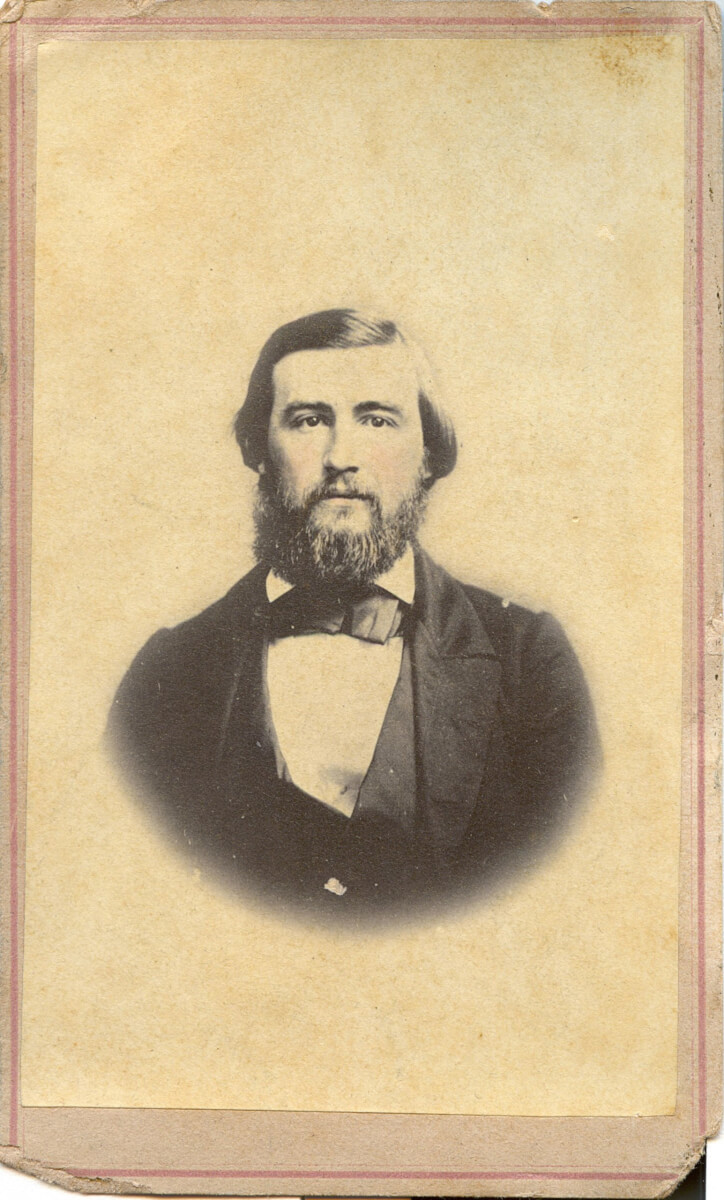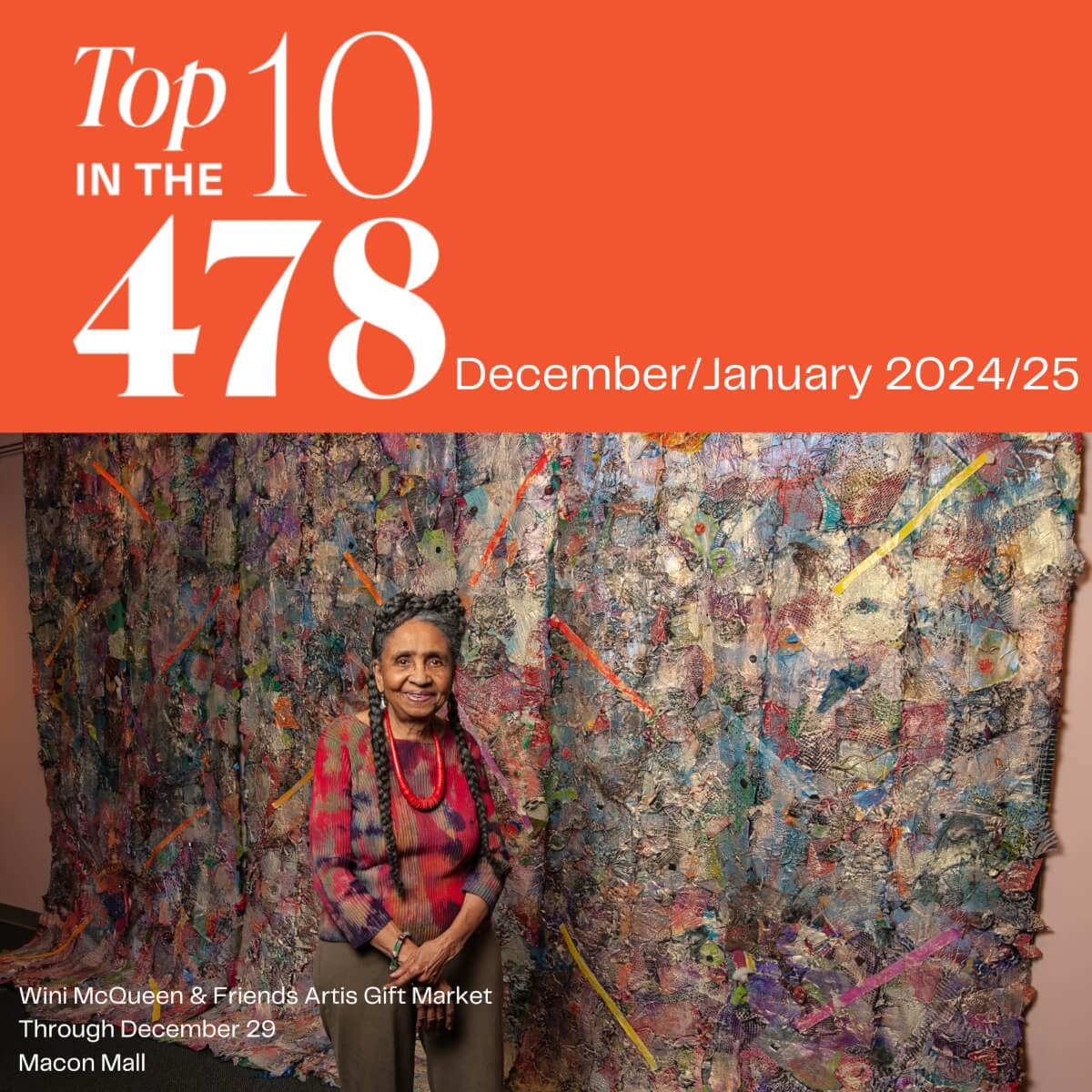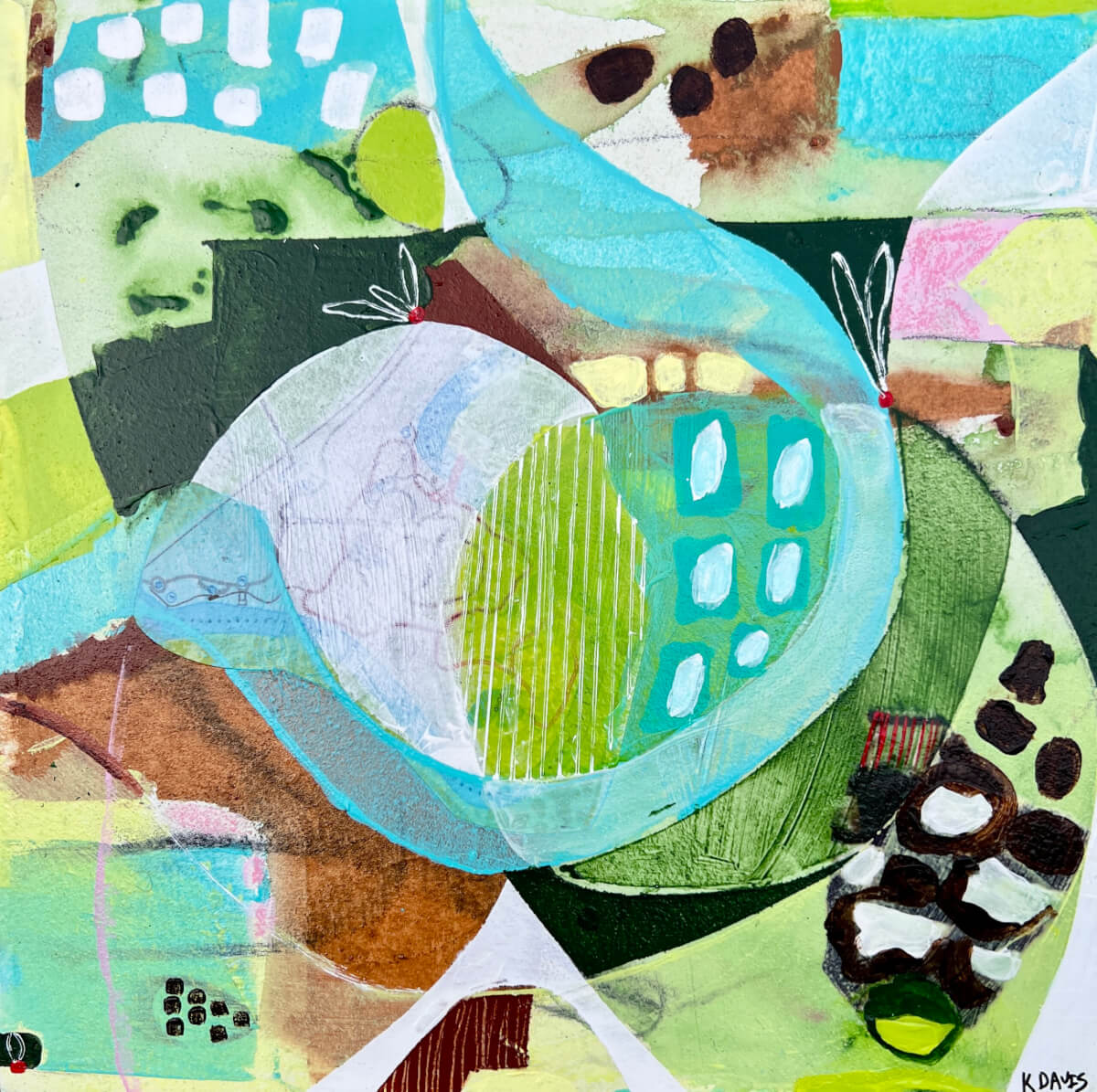
Hay Lore
Civil War brotherhood and a tragedy of the Johnston-Felton-Hay House
Research by William Aultman, Hay House director of collections and programs, and Jonathan Poston, former Hay House director, contributed to this installment of Hay Lore.
Many who know the Johnston-Felton-Hay House in depth also know of the sad histories of some of its occupants. These stories recently were part of the annual “Legends and Lore” tours.
No figure in the history of the house endured more than the builder’s wife, Anne Tracy Johnston. From the premature loss of her mother and later her father and the deaths of four of her six children in infancy, to the war casualties of her two brothers in the Civil War and the passing of her favorite sister-in-law in an epidemic in 1868, it is no surprise that Anne Tracy Johnston wore black mourning dresses and onyx jewelry for most of her adult life.
A recent donation of letters to Hay House by a Johnston descendant chronicle the sad story of Anne’s elder brother, Philemon Tracy, and his fate in the war, further illustrating the depth of the national conflict and its effect on so many American families.
Philemon Tracy, following his education at Yale College in Connecticut, returned home to Macon and became successively an attorney, probate judge, editor of the Macon Telegraph and the youngest member of the Georgia legislature (elected at 29).
“Phil,” as he was known, wrote letters of great humor and charm to his sister. He married Caroline Matilda Walker in his 20s, but within a year Phil became a childless widower. Despite certain infirmities, Phil entered the army at 30 and refused to be kept from any action.
At the Battle of Seven Pines, he was gravely wounded. In a letter now at Hay House, Phil wrote to Anne from a Richmond, Virginia, hospital in July 1862. In it, he joked about the wounds to his face and leg, blithely noting that he had lost much of his well-known “charms.”
Within two months, in spite of his wounds, he marched with members of the Sixth Georgia Regiment to Sharpsburg, Maryland. In the ensuing Battle of Antietam, Phil was struck in the thigh and died on the battlefield of a severed artery. A letter to Anne from a fellow officer, graphically describing Phil’s fate and the carnage in what remains the single bloodiest day in American history, has been donated to Hay House’s archives as well.
Yet another part of this story is how Phil’s politically powerful uncle, Phineas Tracy of Batavia, New York, had his body secretly transported to New York in a Union uniform and buried him honorably. A few years ago, a photograph of Phil was identified in the Johnston family picture album by then staffer Brittany Crosby.
But the story does not end with Phil’s death. In the 1960s, while visiting the Hay sisters in Macon, Anne’s granddaughter, Anne Tracy Duncan Cohen of Augusta, recalled life in the Johnston (Hay) House in a story published in the Macon Telegraph.
As a child in the 1890s, she was intrigued by a photo of a Union soldier, Marvin Wait, kept with an adjacent vase of fresh flowers, in the Red Drawing Room (today’s front Reception Room). Marvin was the best friend at Yale of Philemon Tracy; they were actually second cousins once removed.
Although their affection was great, they were staunch in their respective allegiances to the North and South. Ironically, both were killed on the same day at Sharpsburg. Although there were images of Phil in the Johnston house, the photo of Marvin was treasured by the family and by Mrs. Cohen. This picture is presumably now lost.
Anne Tracy Johnston stoically endured all her personal losses. She wrote her sister-in-law in 1861: “If it were not for my absolute fatalism and stern belief that whatever is to be will be, I should most surely rebel. … So many of my loved ones have crossed the dark valley, that I would choose that those that remain should evermore be encircled in the arms of love.”
With the donation of these important letters, the story of Phil Tracy and Marvin Wait becomes an even more significant part of the lore of Hay House.
An ongoing series about Hay House lore, traditions and history.







